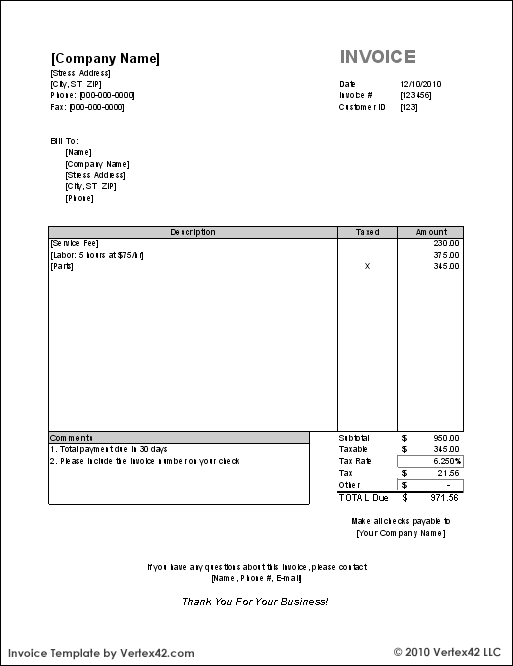

Learn more about the different Invoice fields, including memo, footer, and custom fields. Use the lowest value possible so that you don’t reach this limit. The maximum allowed invoice number is 1,000,000,000 regardless of how you set it. You can only set the next invoice number to numbers greater than any numbers used on an invoice. If you’re using account-level prefixes, set the next invoice number in the Next invoice sequence field in the Invoice template. Set the number on the Customer details page or with the API by using the next_invoice_sequence parameter. If the user left off at invoice number 123 in their old system, Stripe allows them to resume the invoice number at 124. For example, some users-when migrating existing customers to Stripe Invoicing-want their invoice numbers to continue where their old system left off. If you’d like to use a different starting invoice number, however, you can change it. Set the next invoice numberīy default, invoice numbers start at 0001. Connect account prefixesįor connected accounts that aren’t currently managed with the on_behalf_of parameter, sequential invoice numbering-at the customer and merchant level-will begin at 0001 if the parameter is used in the future. This includes prefixes that are no longer in use. You can’t use a customer prefix as an account prefix. Prefixes have to be between 3 and 12 characters and they can’t match any customer prefix, including prefixes that are no longer in use. This requires that your account’s default API version is at least. If you want to modify the prefix for your account, you can change it in the Invoice template. Stripe automatically assigns the account-wide prefix, but you can override it to make it clearer that these invoices come from you. Your first invoice would be RKTRIDE-0001, a second invoice to a different customer would be RKTRIDE-0002, another invoice to the first customer would be RKTRIDE-0003, and so on. When you configure an invoice to use account-level numbering, each invoice number starts with a common prefix and has a sequential number.įor example, if your business is named Rocket Rides, you might set the prefix to RKTRIDE. Prefixes have to be between 3 and 12 characters and they can’t match any other customer prefix, including prefixes that are no longer in use. You can set prefixes on the Customers page in the Dashboard or with the API by using the invoice_prefix parameter. You can override prefixes so that you can trace invoices back to your customers. The first invoice number for Typographic would be TYPGRA-0001, the second would be TYPGRA-0002 and so on. When you configure an invoice to use customer-level numbering, each invoice number begins with the customer’s unique invoice prefix.įor example, if one of your customers is a business named Typographic, you might set the prefix to TYPGRA. You’re responsible for verifying that the invoices you issue meet local tax requirements.
#Invoice template professional#
Consult with a professional for guidance on your specific use case. Invoice requirements vary by jurisdiction. When switching between schemes or updating prefixes, only future invoices use the new settings. All other countries default to customer level sequencing because it doesn’t expose the total number of invoices. European Union member countries and the United Kingdom typically require account level sequencing. Stripe chooses a default behavior based on the country your Stripe account is based in. Sequentially across your account (account-level)-Uses the same prefix for every customer and assigns invoice numbers sequentially across your entire account.


#Invoice template full#
(The full invoice number is always unique across your account in both schemes.) Stripe supports two invoice numbering schemes:

Invoice numbers have a prefix and suffix, such as 586A2E-0139 or MYSHOP-1203. Stripe automatically generates invoice numbers to help track and reconcile invoices.


 0 kommentar(er)
0 kommentar(er)
